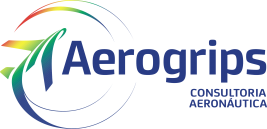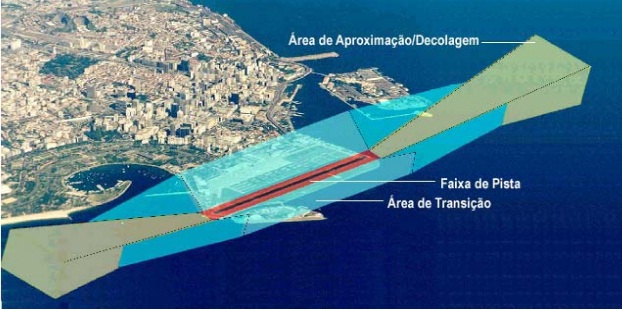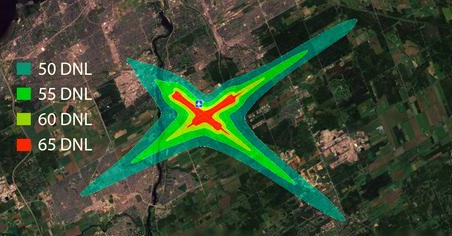| Solo Use Authorization | Register of Airports and Helipads | PBZPA / PBZPH | PBZR – Noise Zoning Plan |
Solo Use Authorization
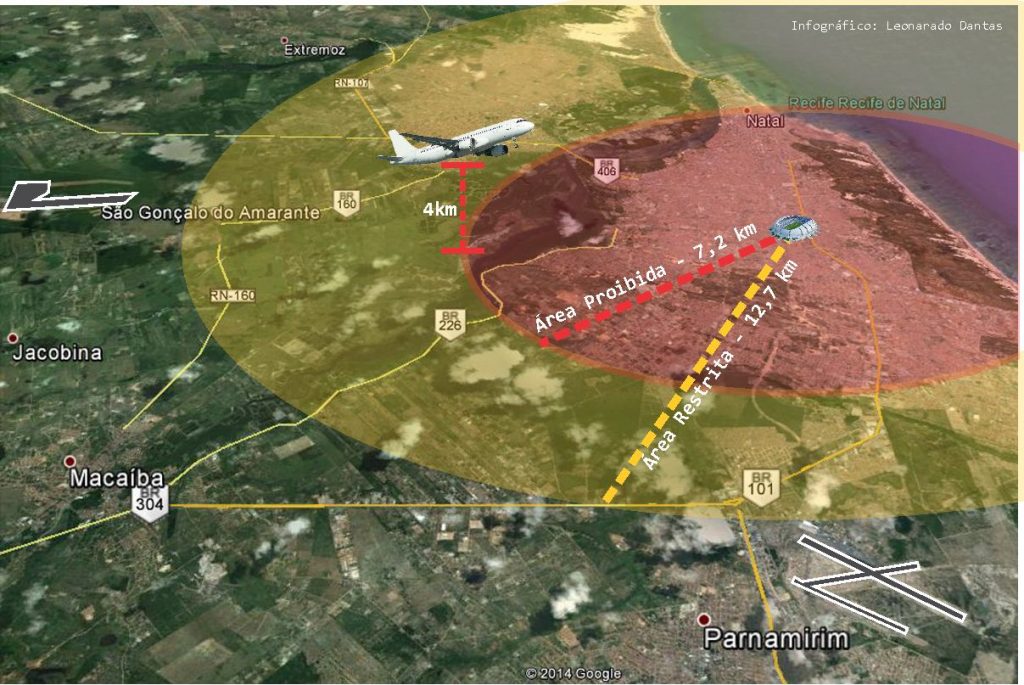
High-rise developments, such as towers for wind generators, chimneys and buildings, as well as ventures close to aeronautical structures (airports, helipads, navigation aids) must, before being built, obtain authorization for land use from COMAR responsible for area.
This authorization is necessary to ensure that the undertaking in question will not exceed the aerodrome protection zone templates and that it will not interfere with air traffic in the region in a manner that would risk aircraft operations. The authorization is issued by proving that the enterprise complies with the aeronautical requirements, both in terms of location and height, as well as signaling.
Through specialized aeronautical consulting, study and evaluations made by a highly qualified team, Aerogrips develops reports of technical feasibility analysis of projects; Prepares and compiles the necessary documentation and follows the licensing process with COMAR.
Register of Airports and Helipads
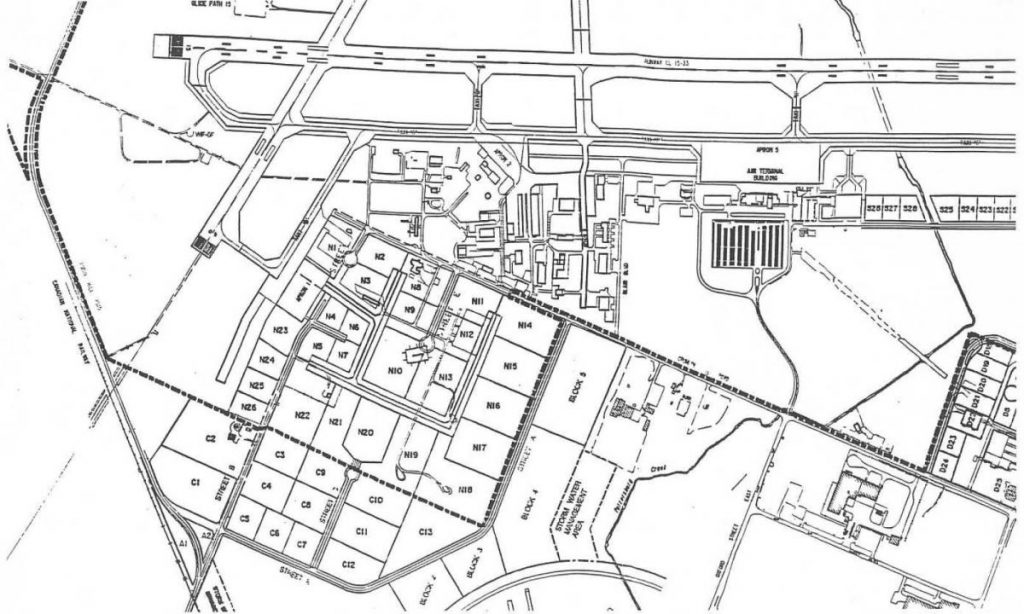
The official opening of an aerodrome, runway or helipad to aircraft traffic is regulated by the national aeronautical authorities (ANAC, DECEA, COMAR), which require prior authorization procedures for the various phases of aerodrome life, among which Are:
- Construction authorization process
- Authorization procedure for the opening of the aerodrome with DECEA
- Registration process (registration / homologation) of the aerodrome with ANAC
- Aerodrome registration renewal
Authorization to modify physical and / or operational characteristics
Aerogrips elaborates the processes described above according to the legislation in force and follows up the process of the same with each of the authorities involved, in order to maintain its legally registered aerodrome, also taking into account all aspects related to the safety of operations.
PBZPA / PBZPH
In accordance with Administrative Rule 957 / GC-5, which establishes obstacle limitation areas applicable to Brazilian aerodromes, it is necessary for aerodrome operators to approve the Basic Aerodrome Protection Area Plan (PBZPA) or Helipad (PBZPH).
The objective of this plan is to demonstrate to the authority that the obstacle release templates applicable to the type of operation for which the aerodrome is approved (or intends to be approved) are respected in accordance with current legislation. The PBZPA imposes restrictions on buildings that may be built around the aerodrome, while imposing restrictions on the use of the aerodrome in the event of obstacles that violate the boundaries of the plan – even leading to the cancellation of the aerodrome registration Authorities. A well designed and managed PBZPA / PBZPH is therefore of great importance for the aerodrome to meet its purpose safely and without unnecessary restrictions.
Aerogrips has a topography and engineering team specializing in aeronautical infrastructure, with training and experience in the preparation and approval of these Plans with the Brazilian aeronautical authorities to assist and guide it.
PZN – Noise Zoning Plan
The RBAC 161 establishes the requirements for the development and application of the Noise Zoning Plan (PZR) for aerodrome operators and defines technical criteria applicable to the analysis of aeronautical noise issues in civil aviation applicable to any civil aerodrome approved at the aerodrome ANAC. The purpose of this plan is to demonstrate to the Authority the compliance of the PZR with all the agents involved in the operations carried out inside the airport site.
Aerodromes with large number of take-off and take-off operations each day should prepare a Specific Noise Zoning Plan (PEZR) and present it to ANAC for approval. The others must prepare a Basic Noise Zoning Plan (PBZR) and present it to ANAC for registration.
Aerogrips’ aeronautical infrastructure team prepares the Basic Noise Zoning Plans in accordance with the requirements established by the RBAC 161 and coordinates the presentation thereof with the ANAC so that the aerodrome operator is in compliance with this regulatory requirement. For more information, please contact our technical team.
